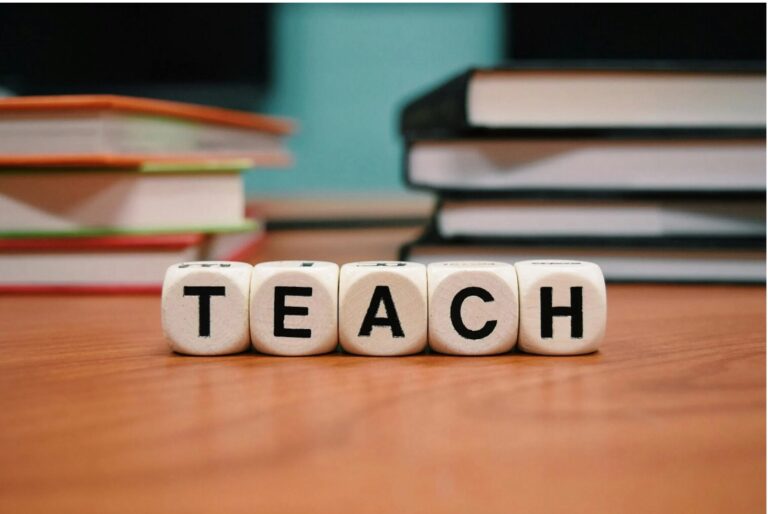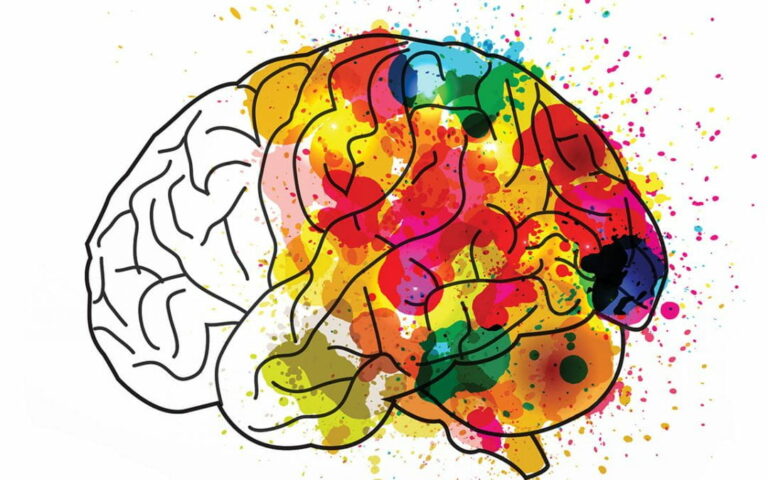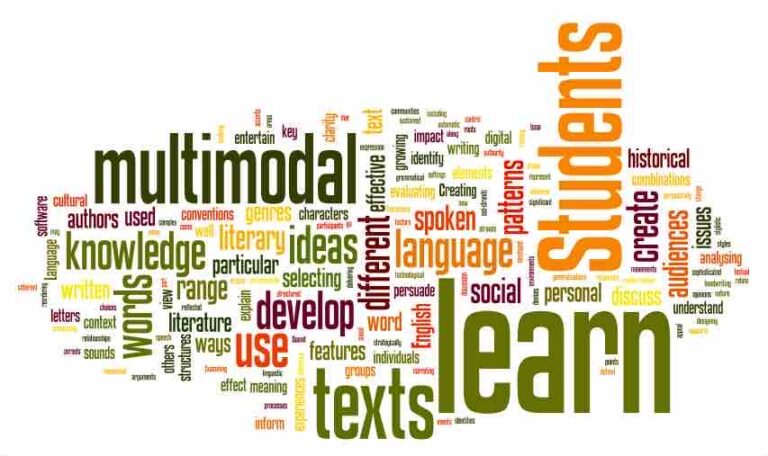Critical Reflection
In his study, Hazard (2019) argues that “identity, literacy, and education are socially constructed” (p.8), a view based on the theory of Social Constructivism. Vygotsky (1978) emphasized in his theory of the “zone of proximal development (ZPD)” that learners can improve their cognitive abilities through “scaffolding” when interacting with more experienced individuals (e.g., teachers, parents,…


